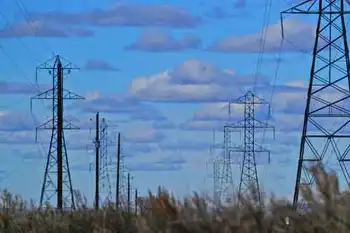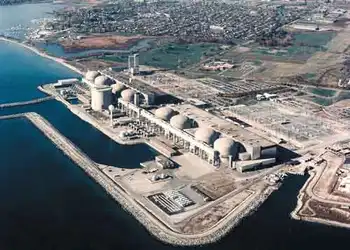Demand Response in Electricity Markets Changes Roles; Increases Opportunities
WASHINGTON, D.C. - The Distributed Energy Financial Group LLC and the Center for the Advancement of Energy Markets released the results of a study of "demand response" conducted from May to October 2005. Demand response (DR) refers to efforts to bring customer preferences into decisions affecting resource allocation. The study focused on the participation of retail customers in wholesale power supply markets. The study resulted in recommendations for Independent System Operators, electric utilities, regulators and policy makers.
"Although most consumers are accustomed to and prefer stable electricity prices and high levels of reliability, there is recognition that the one-size-fits-all approach has created inefficiencies and inequities," said Nat Treadway, DEFG Managing Partner. "A small percent of retail customer participation in wholesale markets dramatically reduces critical peak prices and increases system reliability. In other words, when a few customers change their behavior to take advantage of a price break, many customers benefit."
As part of the study, an online survey was conducted. Nearly 70 percent of survey respondents preferred an approach characterized as either "market-based" or a "mix but leaning towards market-based." "The key issue is how to structure and take advantage of new market opportunities," said Treadway.
"The business case is critical to the growth of demand response," said Tom Brunetto, DEFG Managing Director. "Competitive markets increase complexity, but also increase opportunities for businesses that interact with retail customers," he said.
Retail and wholesale electricity markets have not been well integrated. Effective demand response transmits price signals among buyers and sellers in both markets, and allows self-selecting customers to curtail use in advance of a system emergency or price spike. A well functioning electricity market provides an opportunity for active trading in physical and financial markets, real-time and day-ahead energy markets, and markets for regulation service, operating reserves, and reactive power. By integrating spot and forward markets, price signals communicate information regarding future expectations, including robust investment signals.
The opportunities for utilities and energy tech firms abound.
The report recommends that the Independent System Operator (ISO) perform transparent system operation functions, and offer a platform for market transactions. ISOs should:
- Examine the platforms established for energy markets, and determine whether there are reforms to further liberalize these markets to increase competitiveness;
- Establish consumption entitlements that place DR on a basis equivalent to firm power schedules;
- Establish a legal obligation to serve to encourage trading reliability as a differentiated product that will address different customer's preferences.
It also suggests that ISOs should coordinate with each other to learn from DR successes:
- Reduce restrictions and broaden participation in existing DR programs;
- Adopt a consistent valuation process for demand response activities;
- Conduct R&D to understand the limits of and potential for DR;
- Adopt standard communications protocols and business practices;
Finally, regulators should align the incentives for transmission and distribution utilities with efficient market outcomes:
- Reduce the link between electricity sales volume and electric utility revenues;
- Reestablish the link between peak usage and the cost of transmission and distribution investments.
Copies of the following documents are available at no charge by sending an e-mail and providing contact information to Nat Treadway at ntreadway@defgllc.com: (1) Final Report; (2) Survey results; (3) White Paper on ISO DR program implementation; (4) White Paper on structuring market-based opportunities for DR.
Related News

Ontario Launches Peak Perks Program
TORONTO - The Ontario government is launching the new Peak Perks program to help families save money by conserving energy, as part of the government’s $342 million expansion of Ontario’s energy-efficiency programs that will reduce demands on the provincial grid. The government is also launching three new and enhanced programs for businesses, municipalities, and other institutions, including targeted support for greenhouse growers in Southwest Ontario.
“Our government is giving families more ways to lower their energy bills with new energy-efficiency programs like Peak Perks, which will provide families a $75 financial incentive this year in exchange for lowering their energy use…




